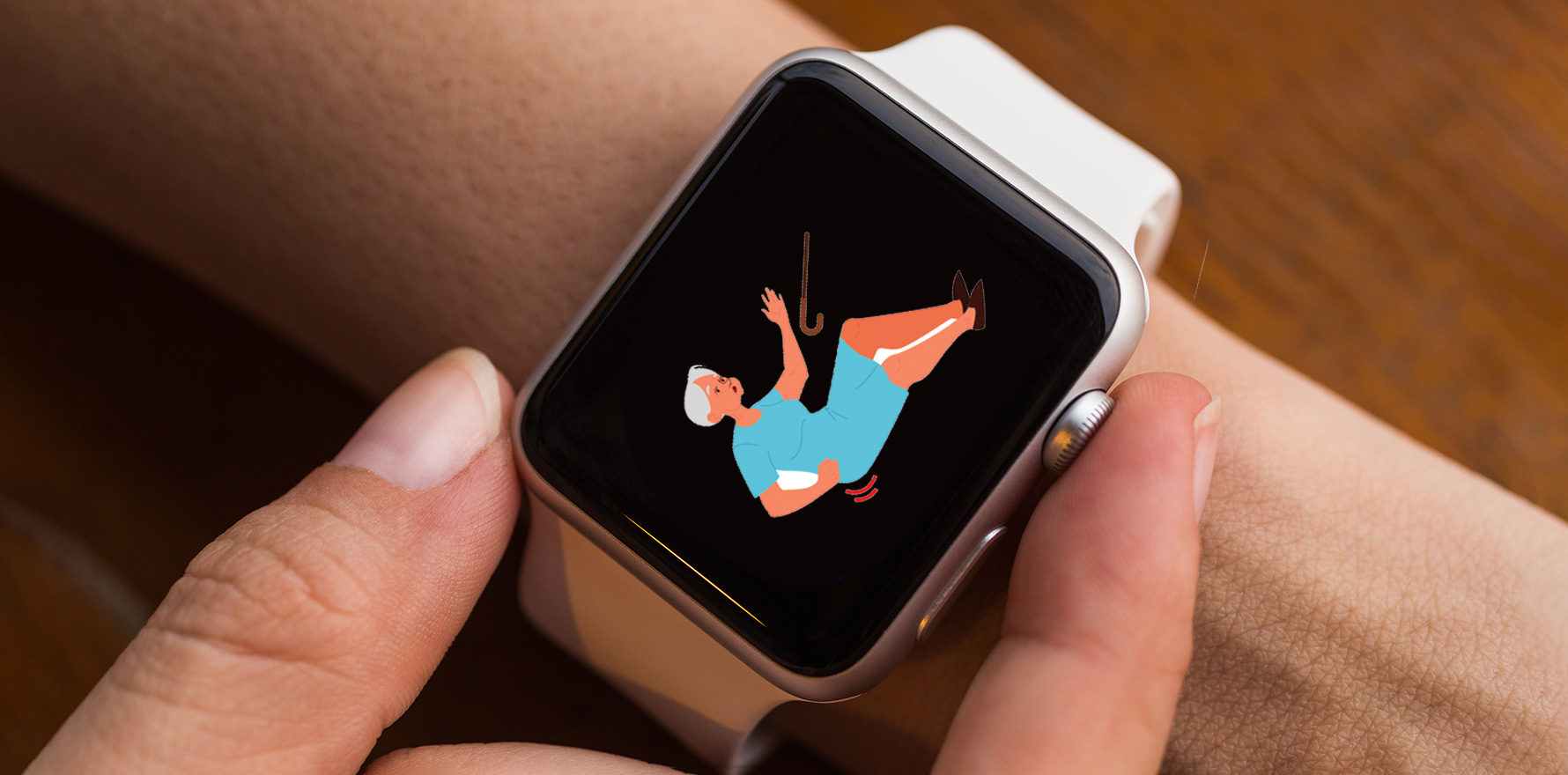Technical literacy tends to vary inversely with the need for new healthcare innovations, so design must take all skill levels into account.
Over the past few years, hundreds of thousands of people have taken to wearing a medical device on their wrist every day.
It’s called an Apple Watch and it is a little-known fact that these watches have been approved by the Therapeutics Goods Administration and Food and Drug Administration as a medical device after the introduction of its electrocardiogram app – it sits in the same class group as blood pressure monitors and hearing aids. Not bad for something that used to just tell the time.
I have a friend whose Apple Watch picked up an atrial fibrillation, giving him time to seek medical help, possibly saving his life. In 2020, more than 200 million wearable devices were sold, and that number will double in 2026. We have accelerated at light speed in our adoption of digital health technologies.
But digital health is about so much more than just watches. It is an entire ecosystem that wraps around a person to provide another avenue to assist with health and wellbeing. With so much happening in digital health, it is very easy to get carried away and develop more digital health products and services because of the high demand and growth rate.
Digital health has changed the way medicine is delivered
I recently sat down with Dr Benson Riddle, a GP, digital health consultant and chief medical officer of a health AI company. Dr Riddle helped set up one of the earliest forms of digital health (a national telehealth service) in Australia, and more recently led the covid virtual care medical team for a local health district in Sydney.
He told me younger generations are far more accepting and willing to try digital health, while older generations are reluctant. That makes sense, since Gen Y, Z and Alpha are digital natives and Gen Xers like me, were exposed to technology in our late teens and early adult years.
But our native digital literacy is not a great fit with our health needs: it is not the younger generations that typically have health issues and need more ways to access healthcare. Instead, it is older people with serious or emerging health concerns or chronic health conditions that need medical treatment or ongoing management. So it is this group that need more options to support their health.
Digital health tools, if designed appropriately could help deliver better quality and faster care at lower cost, especially given the challenges around healthcare staff shortages and rising health care delivery costs.
Covid accelerated the adoption of digital health tech. In Australia and New Zealand, adoption has increased out of necessity rather than choice. With such strong publicly funded healthcare systems and easy access to face-to-face visits with doctors, Australians and New Zealanders have been conditioned to accept face-to-face as the norm in accessing healthcare. During endless lockdowns in the region, digital health tech moved to the front of the line as the primary modality for accessing general medical care, particularly for low acuity medical conditions and mental health treatment, and we put our foot down hard on the accelerator.
The rate of change is increasing exponentially
Some may be quick to celebrate the advances in technology enabling the growth of digital health, but there’s always a risk. As in any race, some will speed ahead and others fall behind. Then over time the pack will thin out so much that some will get left behind altogether. Advances in digital health, tech automation, and AI and the rate of acceleration means we will leave some people behind when it comes to healthcare. Healthcare, particularly when it comes to digital health, needs to ensure that the patients and consumers it serves are supported to adopt the technology and adapt to the pace of change.
We are not as digitally savvy as we think
“Digital literacy and health literacy, in general, is worse than we think it is,” says Dr Riddle.
He’s right. There’s been research conducted by RMIT University to understand the adoption of digital and digital literacy of Australians. This measure of digital literacy has been called the “Digital Inclusion Index”. Digital inclusion assesses factors such as access, affordability, and digital ability including the ability to connect to and use online technologies effectively.
Australia’s Digital Inclusion Index score is 61.9. Another way for us to look at this is that nearly 40% of the Australian population are not classified as being digitally savvy or digitally competent. That equates to 10.5 million Australians, or all of New Zealand twice over. While there has been improvement in the digital literacy of Australians over the six years captured in the research, it’s still not 100%.
Dr Riddle confirms that the increasing digital component of healthcare delivery does pose a danger for those in need of healthcare, particularly those that are older, vulnerable, have chronic medical conditions, and those from lower socio-economic backgrounds. Some of these patients are unwilling or unable to adopt digital health for their medical needs, meaning they resort to publicly funded face-to-face medical care (public hospitals or GPs) over digital health options.
There’s a case for us to accelerate slower in digital health. Slowness in this instance is not about speed but about purpose. We must ensure we’re designing tools and devices that are a good fit with the full spectrum of patient and consumer digital skills. We currently have six generations accessing healthcare. Our healthcare system can accommodate the breadth of health conditions and needs, and digital health options need to do the same. Digital health technologies must be built for utility and fit for purpose. Digital health tools are not designed to replace but rather complement the existing healthcare system.
We can make digital health design more inclusive and accessible by embedding user experience and design thinking principles. We must actively consider the needs of the 40% of less digitally savvy users, because more than likely, they are ones who need more ways to access healthcare.
Pauline Soo is health director at Datacom.




